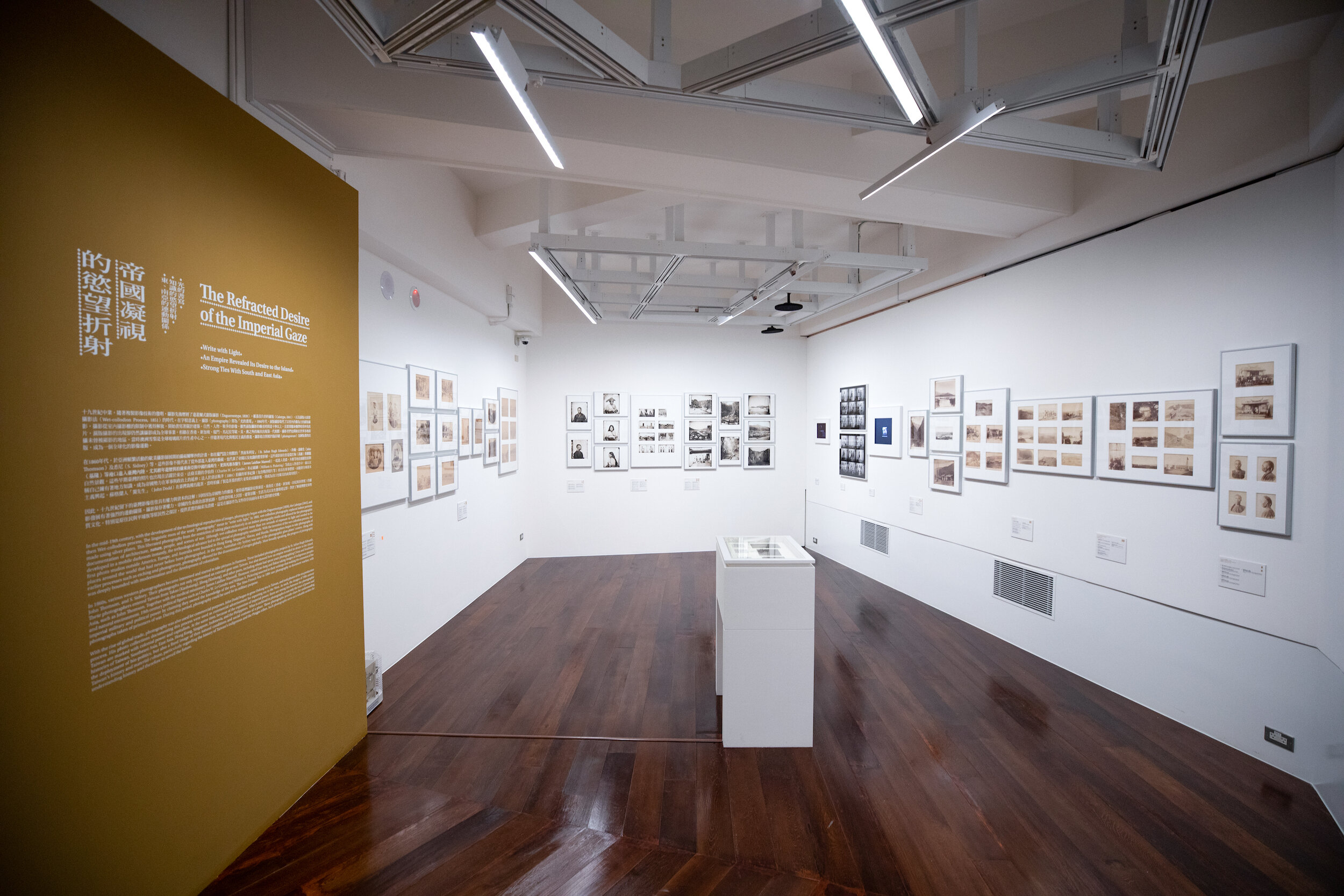Constructing a national narrative: The NCPI in Taipei
/The National Centre of Photography and Images (NCPI) in Taipei opened in March this year after months of construction delays that coincided with COVID-19 concerns. The highly anticipated new institution is the first of its kind in Taiwan, and the fruition of persistent lobbying for over 15 years.
Housed in a restored Japanese-era colonial building, the centre aims to develop a Taiwanese history of photography through research, exhibitions and a growing collection. This effort was inspired by a conference held at the fourth Taipei Photo Festival in 1994 that called for the establishment of a photography museum in Taiwan to preserve the ongoing cultural contributions of the medium to Taiwanese society. Recognising the value of images as a cultural heritage and asset, Taiwanese photographers and academics continued to advocate for a dedicated institution, forming the Society of Photographic Museum and Culture of Taiwan in 2006, an association that began to lobby the Ministry of Culture.
By 2014, the restoration of the centre’s building had begun, and the National Taiwan Museum alongside the National Taiwan Museum of Fine Arts were both involved in organising and developing the collection archives, publications and preservation practices. The government support and effort highlight the ways in which art institutions construct national narratives. For the NCPI, the emphasis on a national photographic history is seen through its inaugural collection exhibition, ‘Hold the Mirror up to His Gaze: the Early History of Photography in Taiwan (1869–1949)’, a large-scale display of 600 images highlighting the changing sociopolitical contexts they were produced in. As the centre seeks to further place Taiwan internationally, it has also hosted the longtime touring exhibition ‘A Handful of Dust: from the Cosmic to the Domestic’, curated by David Campany, as part of its opening program. These objectives, with the establishment of the NCPI, provide a formal framework to promote and advance the photographic medium in Taiwan. The ambitious scope and impressive calibre of the opening exhibitions are promising, as the centre evolves to increase engagement with the public to inspire experiments in contemporary practice.
The NCPI exemplifies a long-term commitment to photography, and its opening came at a time when the Australian Centre for Photography (ACP) had gone into several months of ‘hibernation’ due to financial losses and funding cuts over a difficult few years. A leading photography arts organisation operating since 1974, the ACP has supported some of Australia’s most prominent artists. It is imperative for independent cultural spaces like the ACP to survive and, hopefully, its restructuring (said to be announced by July) will allow it to continue contributing to photography in Australia in meaningful and sustainable ways.
Annette An-Jen Liu, Taipei







